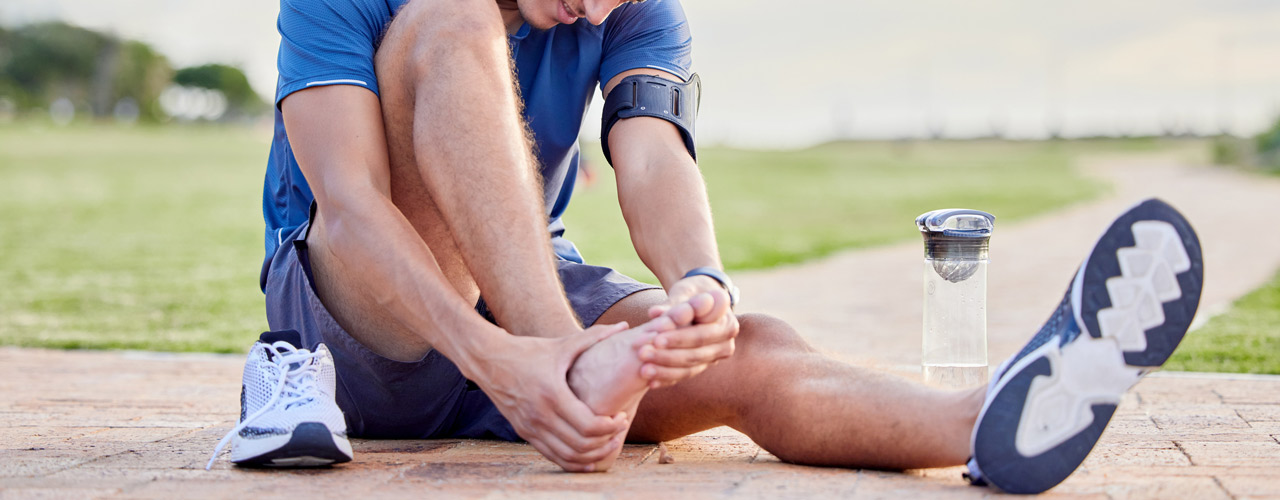Ankle pain is a common issue among runners, whether you’re a seasonal marathon runner or someone who enjoys casual jogs. Running places significant stress on your ankles, and without proper care or technique, it can lead to discomfort and even injury. In this blog post, we’ll explore the common causes of ankle pain from running and provide effective treatments to help you get back on track.
Table Of Content
Common Causes of Ankle Pain from Running
Ankle Sprains
Ankle sprains occur when the ligaments that support your ankle stretch or tear. This often happens when your foot rolls inward or outward, causing immediate pain, swelling, and difficulty bearing weight. Runners, particularly those who run on uneven surfaces, are prone to ankle sprains.
Tendonitis
Tendonitis refers to inflammation of the tendons that connect muscle to bone. For runners, the most common types are Achilles tendonitis and peroneal tendonitis. Both conditions result from overuse and poor running form, leading to pain, stiffness, and swelling around the ankle area.
Stress Fractures
Stress fractures are tiny cracks in the bones, often caused by repetitive impact. Runners are especially susceptible to stress fractures in the ankle due to the constant pressure placed on the bones. This condition is marked by pain that worsens with activity and improves with rest.
Plantar Fasciitis
Although plantar fasciitis primarily affects the heel, it can also lead to ankle pain. This condition is caused by inflammation of the plantar fascia, the thick band of tissue that runs across the bottom of the foot. The pain can radiate up to the ankle, especially after long runs or when running on hard surfaces.
Flat Feet or Overpronation
Runners with flat feet or overpronation (where the foot rolls inward excessively) place additional stress on the ankle. This can lead to instability and contribute to chronic ankle pain. Over time, the uneven distribution of pressure can also cause other injuries, such as shin splints or knee pain.
Improper Footwear
Wearing inappropriate or worn-out running shoes is a common cause of ankle pain. Shoes that don’t provide adequate support or cushioning can lead to misalignment and put extra pressure on the ankle, increasing the risk of injury.
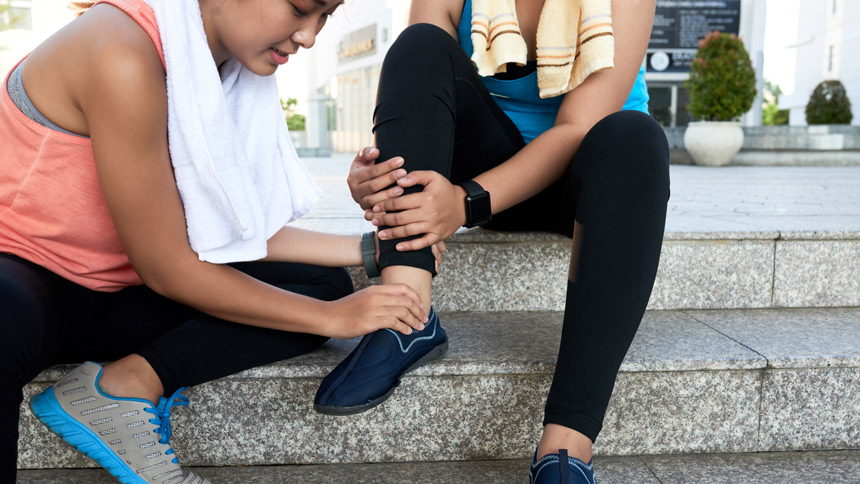
Effective Treatments for Ankle Pain
Rest and Ice Therapy
The first step in treating ankle pain is often rest. Avoid running or high-impact activities until the pain subsides. Applying ice to the affected area can reduce swelling and inflammation, especially in cases of sprains or tendonitis.
Compression and Elevation
For ankle sprains or swelling, wearing a compression bandage and elevating the ankle above heart level can help minimize swelling. This promotes faster healing and reduces discomfort.
Physiotherapy
Physiotherapy at Mobilize Physio specializes in treating running-related injuries like ankle pain. Our physiotherapists will create a personalized rehabilitation program to strengthen the muscles surrounding your ankle, improve your range of motion, and correct any muscle imbalances contributing to your pain.
Taping and Bracing
For added support, taping or wearing an ankle brace can stabilize the joint during recovery. This is particularly useful for runners with recurrent sprains or instability. Our team at Mobilize can guide you on the proper use of taping techniques to prevent further injuries.
Stretching and Strengthening Exercises
Stretching the Achilles tendon, calf muscles, and plantar fascia can relieve tension in the ankle. Strengthening exercises that target the stabilizing muscles around the ankle, such as calf raises and resistance band exercises, can prevent future injuries by improving stability and endurance.
Gradual Return to Running
After recovering from ankle pain, it’s essential to ease back into running gradually. Start with low-impact activities like cycling or swimming to maintain fitness. When you’re ready to return to running, focus on short distances and slower paces, gradually increasing your mileage as your ankle strengthens.
Preventing Ankle Pain from Running
- Warm Up Properly: Always start your runs with a proper warm-up, including dynamic stretches that target the ankle and calf muscles. This helps prepare your body for the demands of running and reduces the risk of injury.
- Strengthen Your Ankle and Leg Muscles: Incorporating regular strength training into your routine can significantly reduce your risk of ankle injuries. Focus on exercises that improve ankle stability, such as single-leg balance exercises and lateral movements.
- Maintain Proper Running Form: Poor running form is a major contributor to ankle pain. Keep your body aligned, with your feet landing directly under your hips to reduce the stress on your ankles. Consider working with a physiotherapist to analyze your running gait and make necessary adjustments.
- Choose the Right Terrain: Running on uneven or hard surfaces increases the likelihood of ankle sprains and other injuries. Opt for flat, softer surfaces like grass or a track, especially if you’re prone to ankle pain.
- Invest in Quality Footwear: As mentioned, wearing the right running shoes is crucial for ankle health. Replace your shoes every 300-500 miles to ensure they provide proper support and cushioning.
Conclusion
Ankle pain from running is not uncommon, but with the right care and treatment, it’s entirely manageable. By understanding the causes of your pain and seeking early intervention, you can prevent long-term issues and get back to enjoying your run.
If you’re experiencing persistent ankle pain from running, it’s crucial to seek professional help. At Mobilize Physio, our team of experienced physiotherapists in Hong Kong will assess the root cause of your pain and develop a personalized treatment plan. Whether it’s through manual therapy, corrective exercises, or gait analysis, we’re dedicated to helping you recover quickly and return to running pain-free.

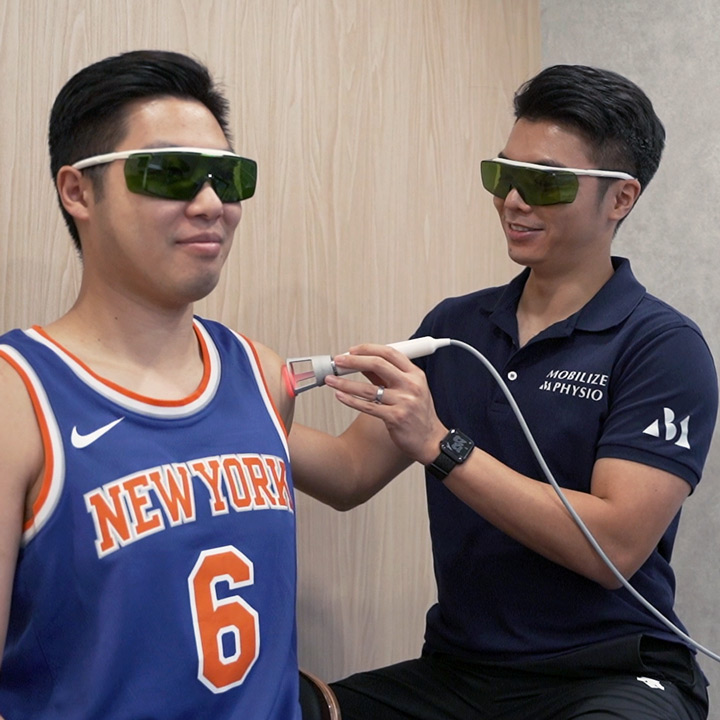
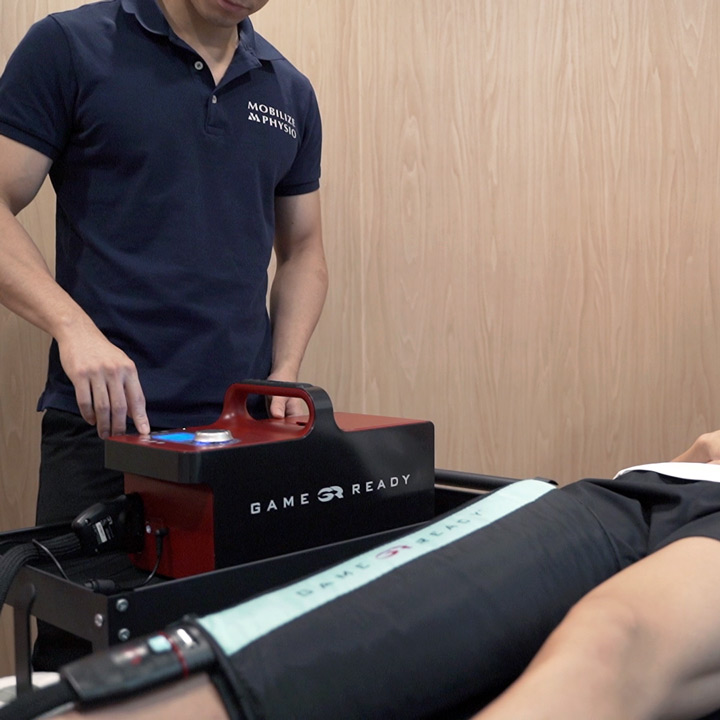
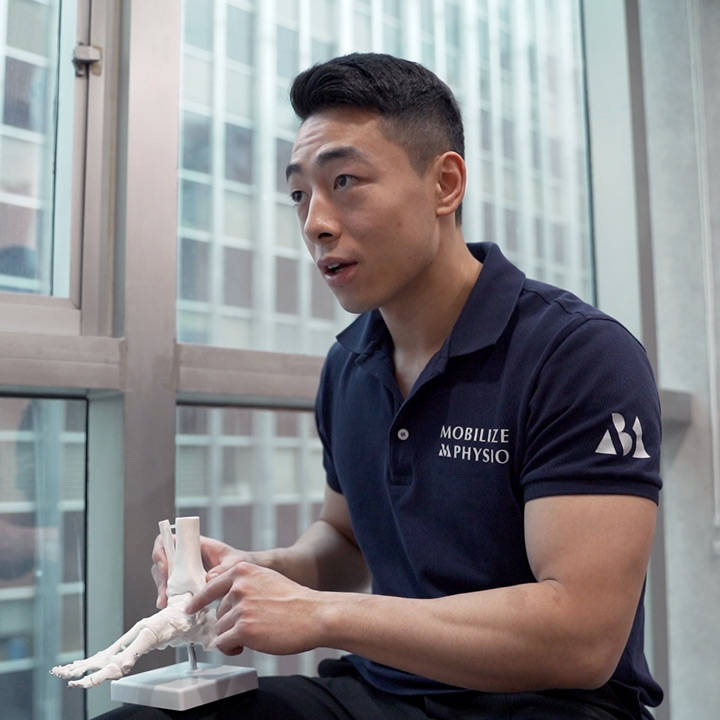
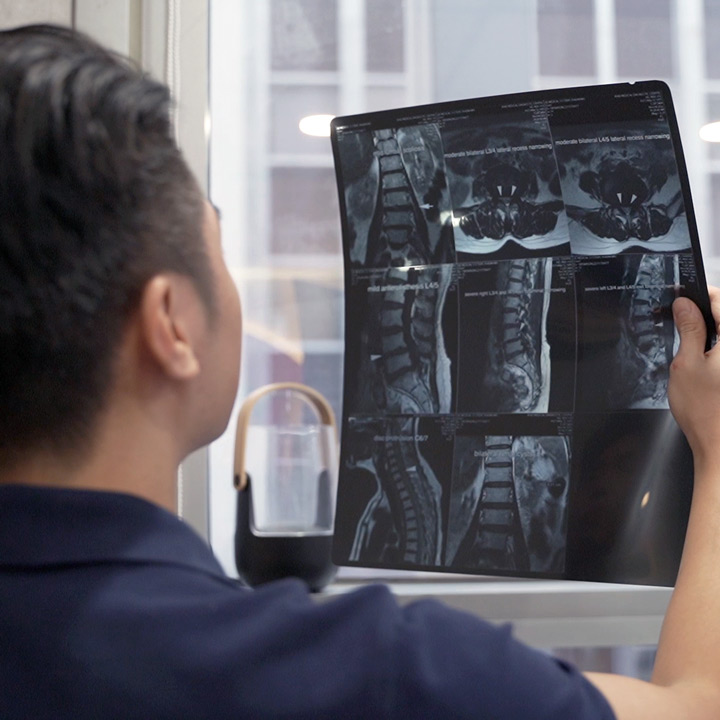
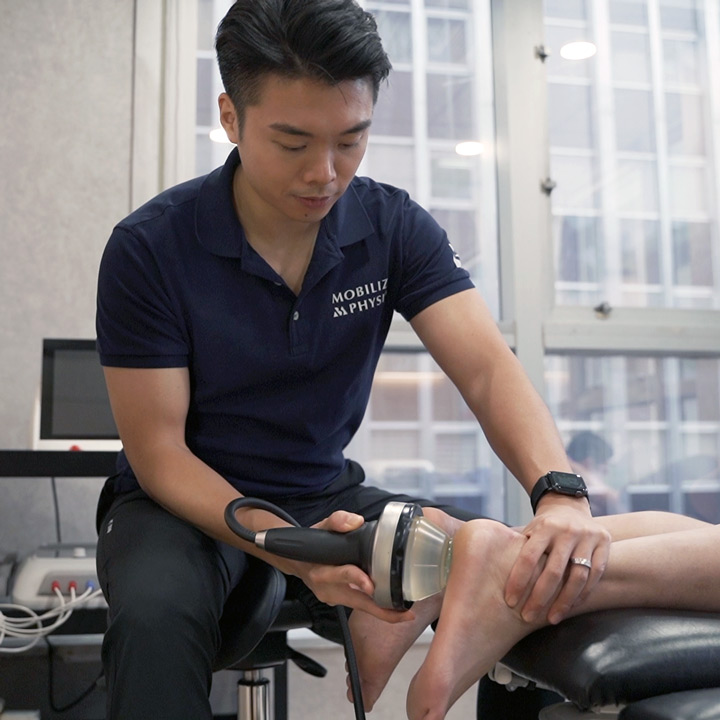
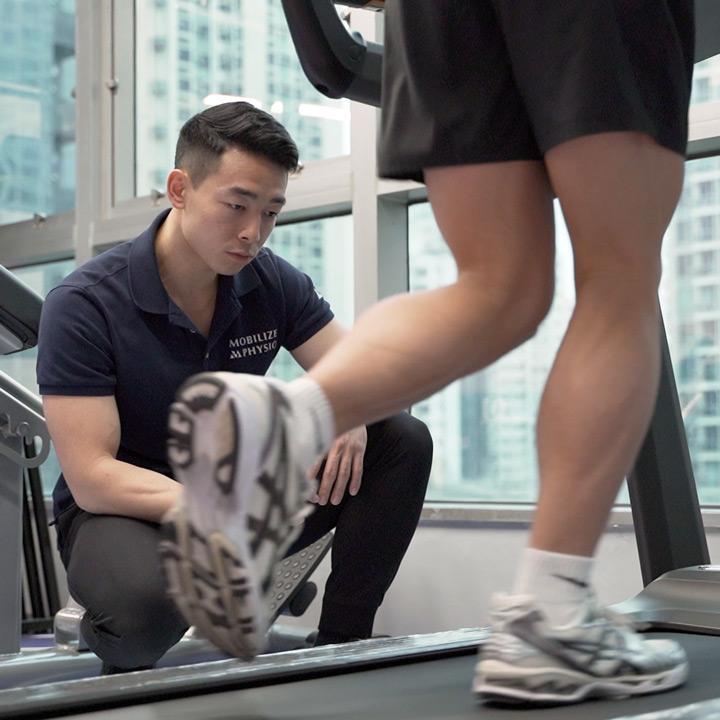
Physiotherapy Service
Mobilize Physio is a physiotherapy center located in Hong Kong. Our team of professional physiotherapists provides high-quality, evidence-based pain treatment. Our services include sports injury treatment, pain management, post-surgery rehabilitation, and posture and body alignment correction.
Every patient is unique, and we believe that every treatment plan should be customized accordingly. Therefore, we focus on one-on-one service to ensure that each patient receives personalized attention and specialized care. Contact us today to learn more about our physiotherapy services.
Latest Blog Posts
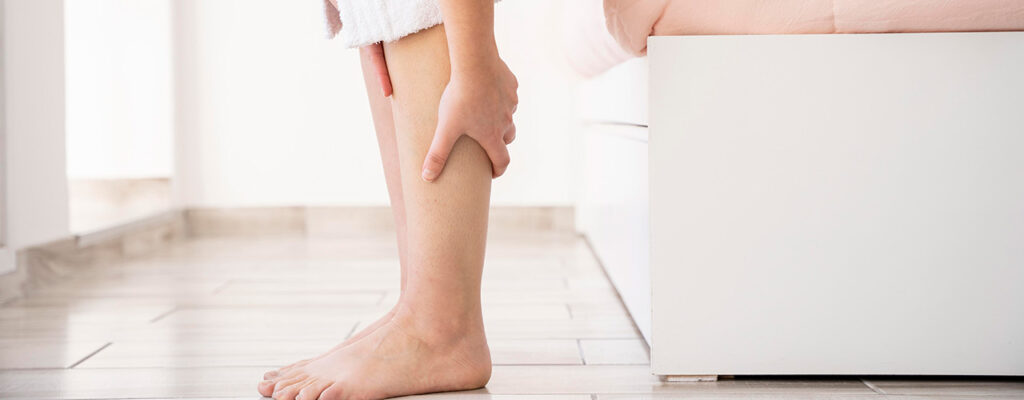
Standing All Day at Work? 7 Tips to Reduce Your Risk of Varicose Veins

Mobility Enhancement for Older Adults: The Key to Healthy Aging
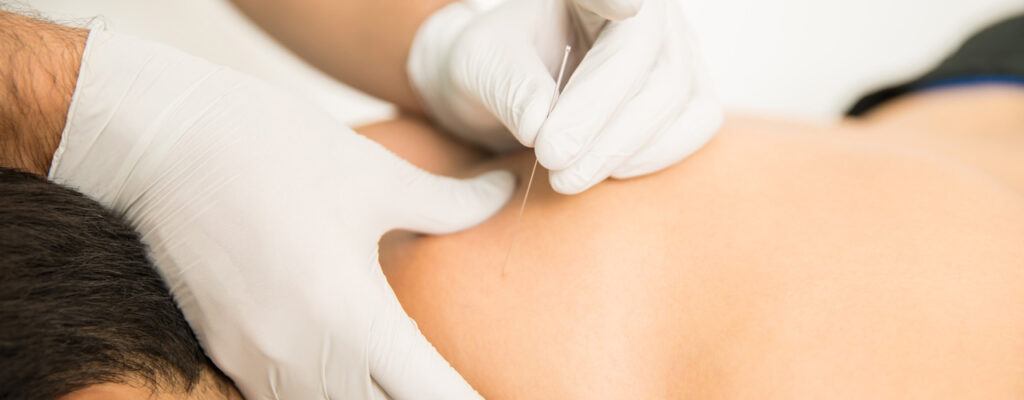
Traditional Acupuncture vs. Dry Needling: What’s the Difference?
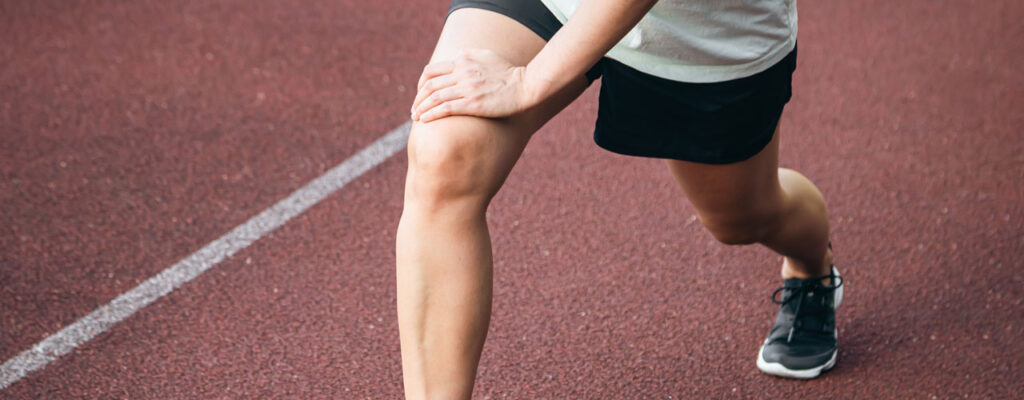
Are You a Runner Experiencing Knee Pain? Here’s Why and What You Can Do
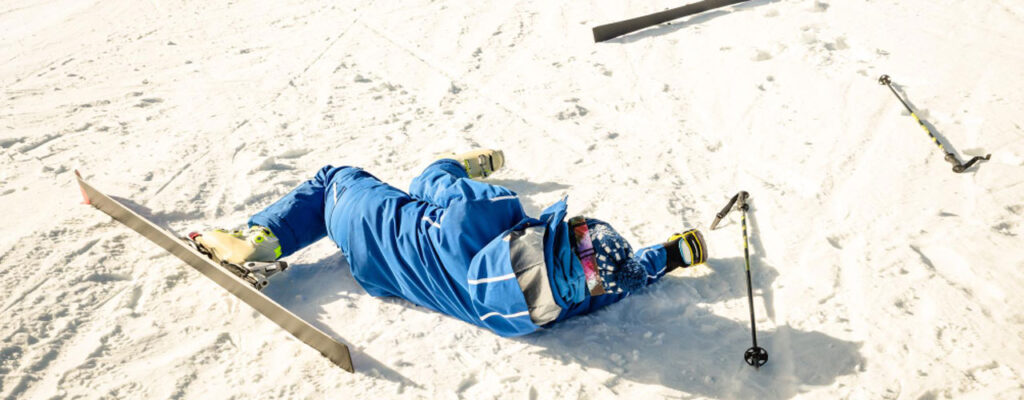
A Must-Read for Beginner Skiers! 6 Common Skiing Injuries and How to Prevent Them

Sinuses and Neck Pain: Is There a Connection?

